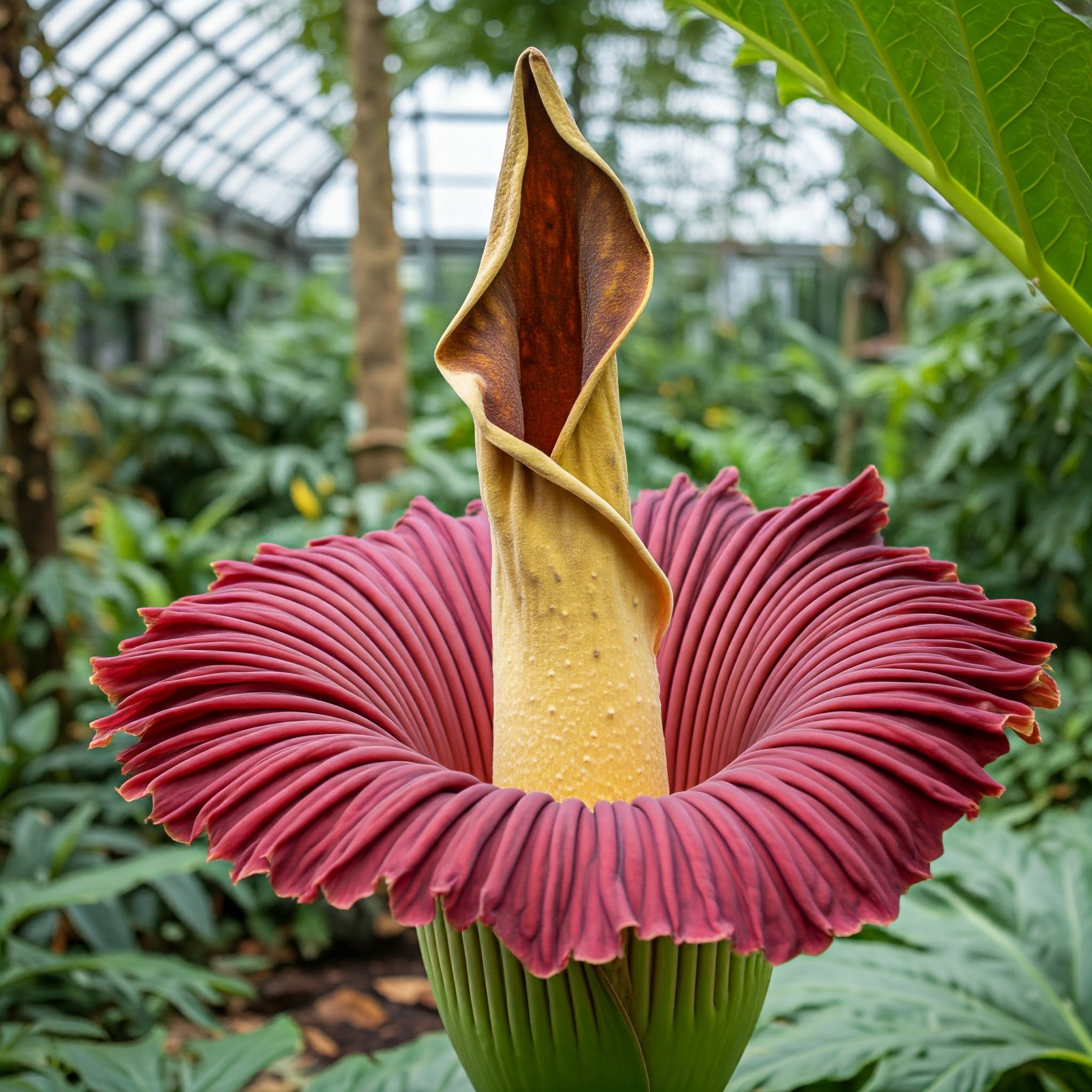Dodder, a plant unlike any other, weaves a captivating story in the world of flora. Its delicate, thread-like vines adorned with charming flowers hold a secret – they are nature’s cunning parasites. Dodder, devoid of chlorophyll, steals nutrients from its unsuspecting host, leaving gardeners both mesmerized and cautious. This comprehensive guide delves into the fascinating world of dodder, exploring its life cycle, potential cultivation (for observation only!), and the ecological implications of this unique plant.
Unveiling the Secrets of Dodder: A Life Unlike Any Other

Dodder’s life cycle is a testament to its remarkable adaptation. Unlike most plants, it lacks chlorophyll, the pigment responsible for photosynthesis. This renders dodder incapable of producing its own food. To survive, it has evolved a parasitic strategy, relying on other plants to fulfill its nutritional needs.
A. Germination and the Race for a Host
Dodder’s journey begins with germination. Tiny seeds, barely larger than specks of dust, lie dormant in the soil for years until ideal conditions trigger growth. However, dodder seedlings have a limited window of opportunity – just a few days – to find a suitable host plant. During this critical time, the dodder seedling searches for a host by sensing light and chemical cues emitted by neighboring plants.
B. The Art of Attachment:haustoria and the Parasitic Connection
Once a host is identified, the dodder seedling exhibits remarkable dexterity. Its thread-like stem, positively thigmotropic (meaning it grows in response to touch), twines around the host plant with surprising accuracy. Here, specialized structures called haustoria come into play. These root-like organs penetrate the host’s stem, creating a direct connection for nutrient transfer.
C. A Life Sustained by Another: Dodder’s Growth and Development
With a secure connection established, the dodder sheds its rudimentary root system, relying solely on its host for sustenance. The parasitic vine then embarks on a period of rapid growth, its slender orange stems weaving a complex web around the host plant. As dodder matures, it produces clusters of small, trumpet-shaped flowers, often white or yellow, adding an unexpected charm to the host.
Can You Grow Dodder? A Step-by-Step Guide (For Observation Only)
Important Disclaimer: Due to its parasitic nature, dodder is not recommended for cultivation in most gardens. It can quickly overwhelm and weaken host plants. This guide is intended for educational purposes only and should not be interpreted as an endorsement for growing dodder in your garden.
Before we proceed, here’s a table summarizing the key points to consider before attempting dodder cultivation (for observation only):
| Factor | Consideration |
| Suitability | Dodder is best observed in controlled environments like greenhouses. Not recommended for outdoor gardens. |
| Host Selection | Choose sacrificial host plants that can tolerate some damage (e.g., morning glories). |
| Potential Harm | Dodder can weaken and even kill susceptible hosts. |
If you’re still curious about observing dodder firsthand, here’s a step-by-step guide (for observation only):
- Seed Acquisition: Dodder seeds can be obtained from specialty plant nurseries.
- Preparing the Host: Select a sacrificial host plant in a pot. Ensure the host is healthy and vigorous.
- Germination and Host Introduction: Sow dodder seeds near the base of the host plant and maintain consistent moisture. Once germination occurs, gently guide the dodder seedling towards the host stem.
- Attachment and Observation: Monitor the dodder seedling as it twines around the host and establishes a connection using its haustoria. Here, patience is key. The crucial attachment process can take several days. Once established, observe the remarkable transformation of the dodder. Witness its rapid growth and the development of its delicate flowers. Remember, this observation is for a limited time. Due to its parasitic nature, dodder can eventually weaken the host plant.
A Delicate Balance: The Ecological Role of Dodder
Dodder’s parasitic strategy raises questions about its role in the ecosystem. While it may appear detrimental to individual host plants, dodder plays a complex role in some ecological communities. Here’s a closer look at its ecological significance:
- Competition Control: Dodder can act as a natural control mechanism for invasive plant species. By parasitizing aggressive weeds, it can help maintain a more balanced plant community.
- Nutrient Cycling: In certain ecosystems, dodder can contribute to nutrient cycling by facilitating the transfer of nutrients from dominant plants to less competitive ones.
- Food Source for Herbivores: While not a primary food source, dodder’s foliage can be consumed by some specialist herbivores, adding another layer to the ecological web.
The Beauty and the Beast: Conclusion
Dodder’s captivating beauty and unique parasitic strategy make it a fascinating plant in the botanical world. However, its cultivation in most gardens is not recommended due to the potential harm it can inflict on unsuspecting hosts. This guide has provided a glimpse into the life cycle, potential cultivation (for observation only), and ecological role of dodder.
Remember: Responsible gardening practices are paramount. Appreciate dodder’s beauty from afar, or observe its parasitic ways in a controlled environment. There are many other stunning, non-parasitic flowering vines that can grace your garden and contribute positively to your local ecosystem.






